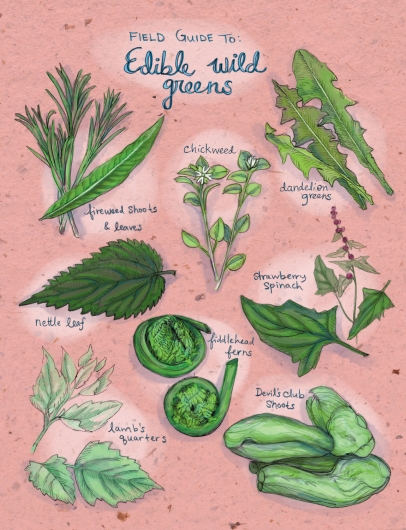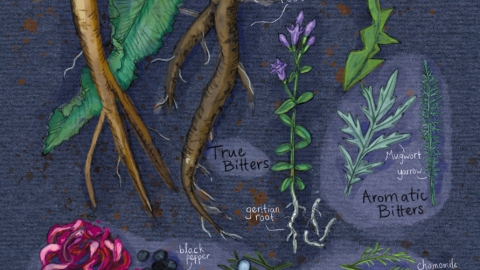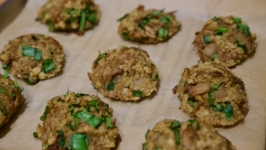Field Guide To: Edible Wild Greens
While I wait for my garden greens to grow, I love to harvest and mix in some of the wild greens I find outside my door. Here is a list of a few of my favorites (though there are many others). Wild greens can be eaten raw in salads or made into pesto or ferments, and they’re also great steamed or mixed into a stir fry or soup. Some of them must be cooked, and many should only be eaten raw in moderation. Some of these plants are common and weedy, but some of them are at risk of being over-harvested in places. Please be mindful and respectful when harvesting wild plants. A good rule of thumb is to harvest only between one and ten percent of what you can see in any given area.
Fireweed shoots and leaves, Epilobium angustifolium
The young shoots taste like tender asparagus. When the plants age, you can use the young leaves as well.
Nettle leaves, Urtica sp.
Be careful harvesting these because the plants sting, but cooking them gets rid of the stingers. Take only the small, new growth. The leaves make a lovely tea, and they can also be cooked like spinach.
Lamb’s quarters, Chenopodium album
A tasty green that grows wild easily, they taste best before the flowers form, and can be eaten raw or cooked.
Chickweed, Stellaria sp.
This small, slightly salty herb also grows commonly as a weed. The flowers and leaves are both edible.
Fiddlehead ferns, Matteuccia struthiopteris
A spring favorite, these young curled up ferns are delicious steamed or fried. Brown papery coatings must be removed. They should be cooked and not eaten raw.
Dandelion greens, Taraxacum sp.
These are slightly bitter and refreshing. Pick the young greens, but make sure to do so from places that are free of pesticides, chemicals, and pets. The blossoms are edible, too!
Strawberry spinach, Chenopodium capitatum
This plant often volunteers in my garden. I’ll pick and add the leaves to salads and soups. The red flowers are also edible.
Devil’s club shoots, Echinopanax horridum
Pick the budding leaves before they unfurl and while the spines are soft. They are good steamed or sautéed, and have a piquant carroty flavor. Devil’s club plants are incredibly slow growing so harvest moderately.
Editors’ Note: Alaska has a bounty of edible wild greens that often grow near and resemble toxic plants. Take care to learn before you harvest. We recommend foraging first with a knowledgeable wild harvester, and consulting experts and guidebooks frequently. Check our archives for detailed articles on some of these wild edibles, including fireweed and nettle.










